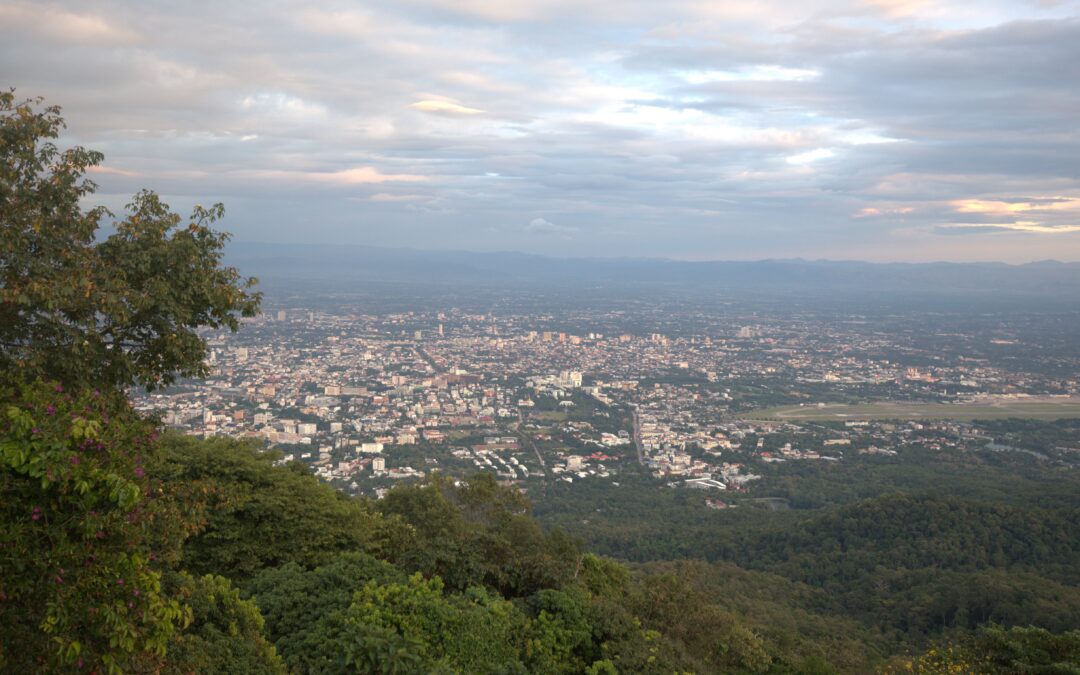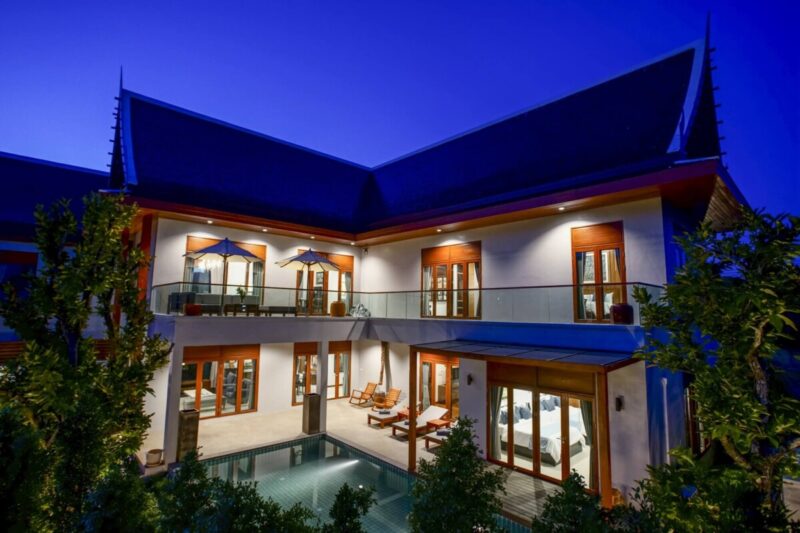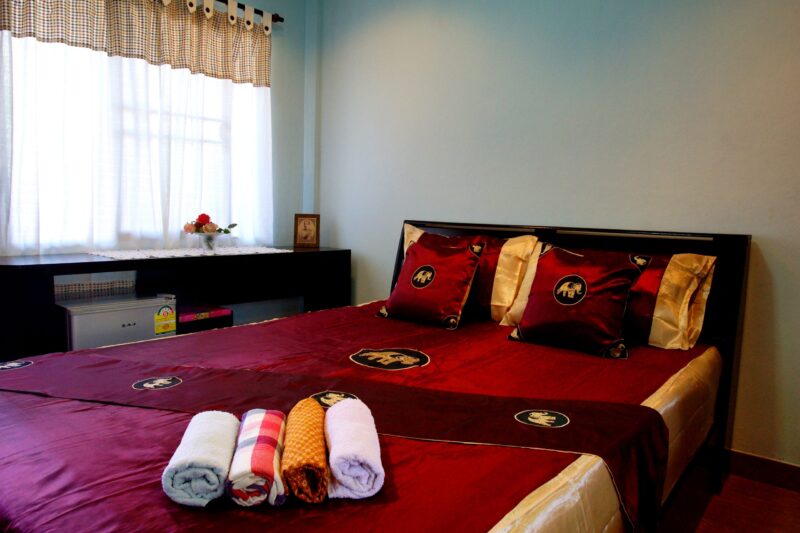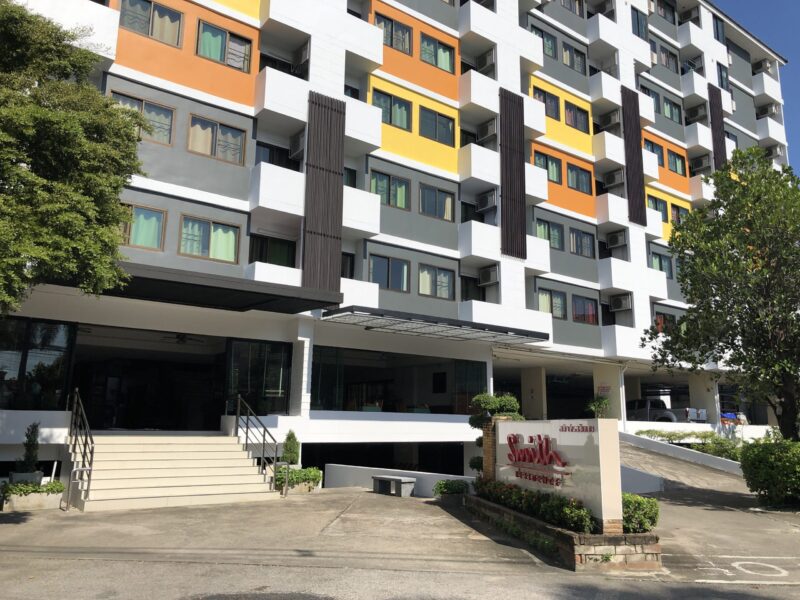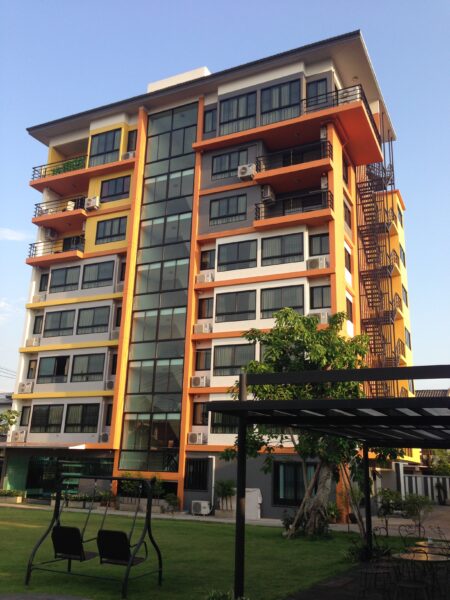Chiang Mai was founded in A.D. 1296 by Phaya Mengrai, Prince of Chiengsean. It became the capital of an independent Kingdom called Lanna Thai (a million rice fields)which endured until A.D. 1556. when the King of Burma subdued it. It remained a Burmese vassal State off and on until A.D. 1775 when it was liberated by King Taksin of Siam, and became a Siamese dependency.
From A.D. 1775 until quite recently, Chiang Mai was ruled by local Princes, as the vassal of the King of Siam. The last hereditary Prince, Chao Keo Navarath, died in 1938.No successor was appointed and Chiang Mai is now governed like other provinces of Siam.
King Mengrai or Phaya Mengrai built the city a short distance from the left bank of the Ping River. Originally, it was surrounded by thick brick walls fronted by a moat. and at the right side of Doi Suthep mountain.
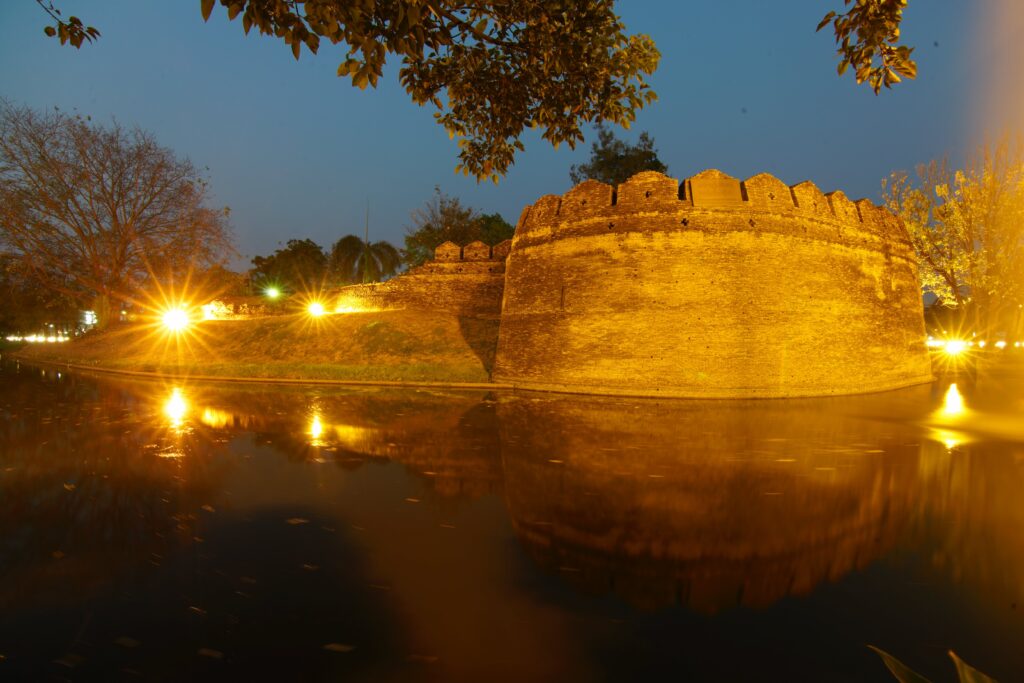
The walls of Chiang Mai of which a large portion is still intact were built after the liberation in A.D. 1775 on the foundations of Phaya Mengrai’s original walls. Today the moat remains although most of the walls had disappeared. However, the 5 city gates have been restored. They are the Chang Phuak (white Elephant) gate in the north, the Tha Pae gate in the east, the Chiang Mai and Suan Prung gates to the south, and finally Suan Dok gate in the west.
The Burmese left traces of their long rule behind them. Some of the temples show signs of Burmese influence in their architecture, and the written characters until recently in use were an adaptation of the Burmese alphabet. But the whole of Northern Siam has always remained essentially Thai in culture and character.

